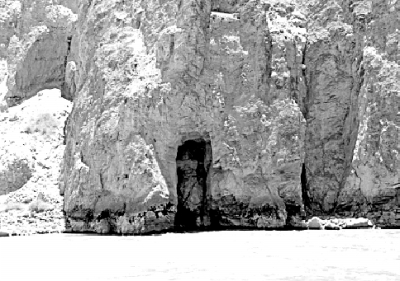Ancient Buddhist grotto found in Xinjiang
Archaeologists have confirmed that a 10-meter-high Buddhist grotto discovered in Tashkurghan, Xinjiang dates back 1300 years.
 |
|
Ancient Buddhist grotto found in Xinjiang |
The huge grotto was discovered by Zhang Hui, a researcher from the Xinjiang Uygur Autonomous Region museum. Zhang said the grotto is highly symmetrical, similar in shape to the grottoes associated with the ancient Qiuci kingdom, which was located on the ancient Silk Road where it passed through present-day Aksu Prefecture.
According to Zhang, the discovery will help flesh out our knowledge of ancient Buddhist art and the history and development of Buddhism in China, as well as the art, society, history, and economy of the Qiuci Kingdom.
A stream flows along the base of the cave. A half-finished statue of Buddha found there was partly carved from rock and partly sculpted using clay.
Ancient grottoes were generally inside temples or on major transport arteries. Judging from the location of this grotto, it may have been a place where traveling merchants stopped to rest and pray in ancient times.
There are no known written records of the existence of the grotto and details of who built it, and exactly when, are hard to establish. But experts say the statue of Buddha is strong evidence supporting the theory that Buddhism was introduced to China via Xinjiang.
 0
0 







Go to Forum >>0 Comments